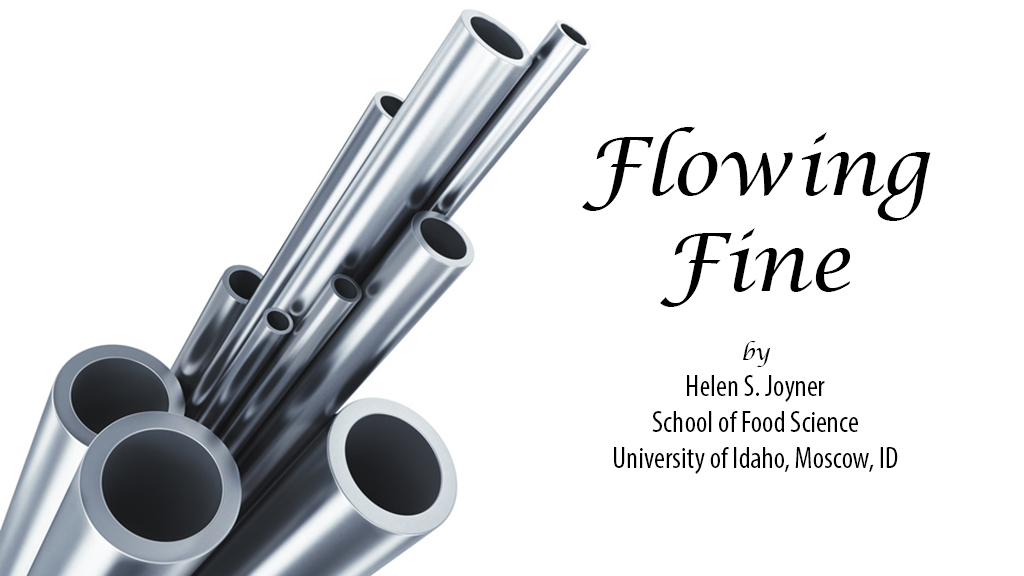Abstract
In this case study, students assume the role of a process engineer for a pilot plant. Students are tasked with selecting a piping arrangement from a list of available options, creating a diagram of the flow system, determining the terms needed in the general energy balance for their system, calculating the amount of energy lost in the system, and determining how much power is needed by the pump for the system. Students are also asked to discuss various aspects of system design and provide suggestions for reducing energy losses. The ability to properly size a pump for a process is an important skill, as improperly sized pumps are at best inefficient; they can also wear faster due to overloading or cavitation, and may also cause product foaming due to cavitation. Properly sized pumps, on the other hand, provide the necessary work to transport fluids efficiently. Originally developed for an upper-level undergraduate food engineering course, this case is also appropriate for food processing, and introductory fluid flow courses.



